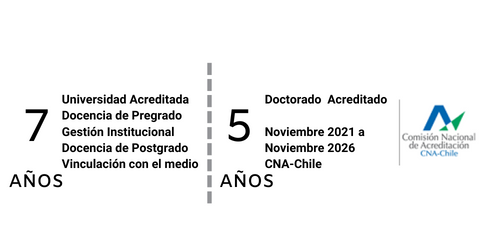← volver
Seminarios ISCI – Management Science & Analytics «Are Trade Allowances Driven by Retail Power? Evidence from a Big-Box Retailer»
06Jun
| Andrés Elberg Profesor Asistente Pontificia Universidad Católica de Chile |
| Abstract: In recent decades, trade allowances (i.e., non-linear payments made by manufacturers to retailers) have become pervasive around the world. Some authors claim that allowances are driven by the higher buyer power acquired by retailers, while others argue that they are primarily mechanisms to align incentives along the vertical channel. The unavailability of hard data on allowances has severely limited empirical work on this topic. In this paper, we analyze a rich proprietary dataset of allowance payments made by all suppliers to two supermarket chains (banners) operated by one of the largest retailers in Chile. We exploit the cross-sectional and time variation in trade allowances to assess whether relative bargaining power drives these payments. Based on panel data regressions, we find that larger suppliers tend to pay lower trade allowances as a share of gross manufacturer sales and as on a per-product (SKU) basis. Furthermore, we uncover novel features on trade allowances. First, they are relatively large in magnitude (on average, 12 percent of gross manufacturer sales), and highly heterogeneous across suppliers and categories (standard deviation of 10 percent). Second, most variation in allowances occurs within (as opposed to across) product categories, suggesting that the cost of stocking new products is unlikely to be a significant driver of trade allowances.Co-autor: Carlos Noton. |
|
|
|



